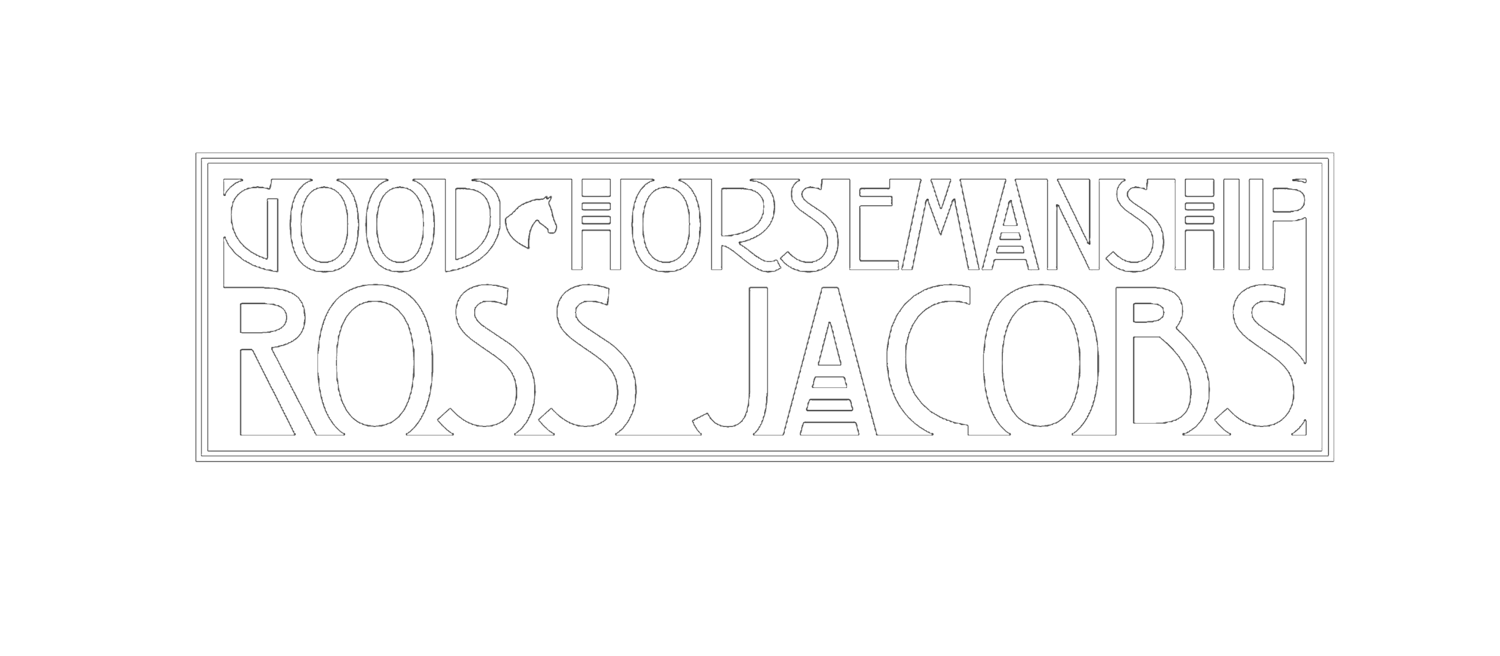Why does a horse roll in the sand? Why does a horse allow itself to be caught? Why does a kick the farrier? The answer is the same for all of those questions.
A horse chooses to do something because, in its mind, doing that thing is the best option available to it.
If a horse didn’t think rolling in the sand was a good idea, it wouldn’t. Neither would it kick the farrier, or allow us to catch it, if it thought there were better options.
Everything a horse does begins with an assessment by the horse of which option is the better one.
This is very important to understand because of what I am going to say next.
I have said very many times in my posts, my books, and my clinics that everything a horse does begins with a change of thought. A horse is a brain with legs and a body. Getting the legs and body to do what we want begins with getting the brain to think of the idea we want. We use feel, pressure, and timing to talk to the brain, not to talk to the body and legs.
When asking a horse to do something, there are two things that have to happen before any movement can occur.
The first thing is that a horse has to consider that the thing it is doing at that moment is no longer the thing it wants to do. What seemed like a good idea a moment ago now has to seem like less of a good idea. This creates a search in a horse to look for a better option. A search, or a try, in a horse is fundamentally important in training. It’s what makes horses trainable. Without stimulating a horse to search for a new idea, we can’t train them.
Some of you may have heard the saying, “make the wrong thing less easy....”. That is essentially what I am describing when I talk about setting up a horse to search for a better option.
Now that a horse considers what it was doing is no longer a good idea, it has to search for what is a better idea. A new idea in the horse’s mind is the second thing that has to happen before a response or movement occurs.
Let’s be clear.
To change what a horse is doing, it has to think that what it is doing at that moment is no longer a good option. This sets up a search for a new idea. When it hits upon a new idea that seems like a better idea, the brain stimulates the horse to a new response.
For example, my horse is trotting along because I have trained it to think trotting is its best option in that moment. But when I want to slow down to a walk, I have to interrupt the idea to trot so that trotting no longer seems like the best idea. If I don’t do that, when I try to get my horse to walk, it will argue with me and try to continue to trot. This is what often happens at the beginning of training when teaching the trot-to-walk transition.
However, if I can convince my horse that trotting is no longer the best option, it will search for an alternative idea. It might think about bucking, trotting faster, tossing its head around, ignoring my rein pressure, or it might just think about walking. The idea of trying to walk is what I will reward.
That’s how good training works. Reward the thought, and the outside of the horse will take care of the movement.
In summary, before we can train any response from a horse, we must first make its idea less of a good idea so that we create a search or try. Then we must make it really easy for a horse when it hits upon the idea we want it to have. In other words, making the wrong idea less attractive sets up the search, and making the right idea as appealing as possible sets up the partnership.
Tatum and Spider having the same idea

